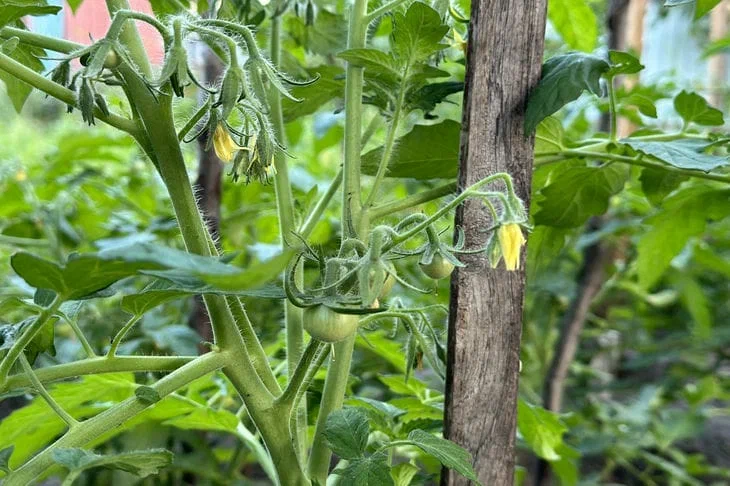A fungal disease known among gardeners as powdery mildew, it affects fruit trees, berry bushes, grapes, strawberries, tomatoes, cucumbers, pumpkins, carrots, peppers, many flowers... There is probably no need to continue.
You can recognize it, suggests the expert of the online publication "BelNovosti", scientist-agronomist, landscape designer Anastasia Kovrizhnykh, by the spots on the leaves. Over time, they can dry out, as a result of which the plant dies.
What to do? You can always turn to chemicals for help, for example, "Topaz". But few people want to treat plants with chemicals during the fruiting period, although this method is acceptable for flowers. But even for them, it is recommended to use biological compounds - "Fitosporin", etc.
A worthy option for combating fungal diseases is Bordeaux mixture. The only downside is that copper combined with lime in high concentrations forms flakes that clog sprayer nozzles.
What to do? Use Burgundy solution, in which lime is replaced by technical soda ash, which is no less effective in reducing the harmful effects of copper on plants, but does not leave a sediment.

To ensure complete dissolution of copper sulfate in water, without the formation of flakes and clogging of nozzles, a small amount of citric acid should be added to the water.
To prepare a one percent solution of Bordeaux mixture, you need to heat five liters of water to a temperature of 40-45 degrees and dissolve 90-100 grams of soda ash in it.
Also immediately add an adhesive, for example, grated soap or liquid laundry soap, in the amount of 30-40 grams. In another five liters of water with a temperature of 40-45 degrees, dissolve 100 grams of copper sulfate and a pinch of citric acid.
Then carefully pour the copper sulfate solution into the soda solution, stirring the mixture.









